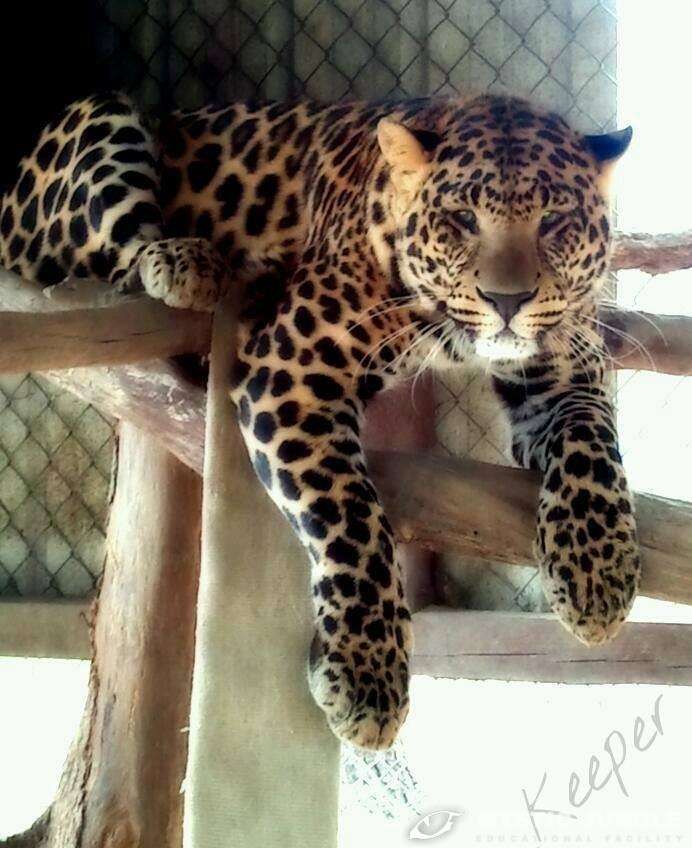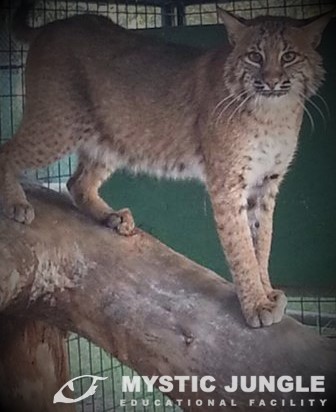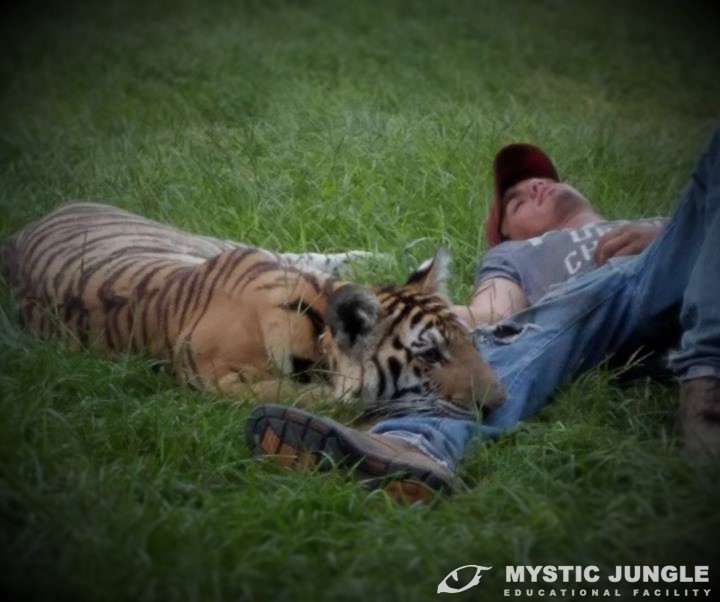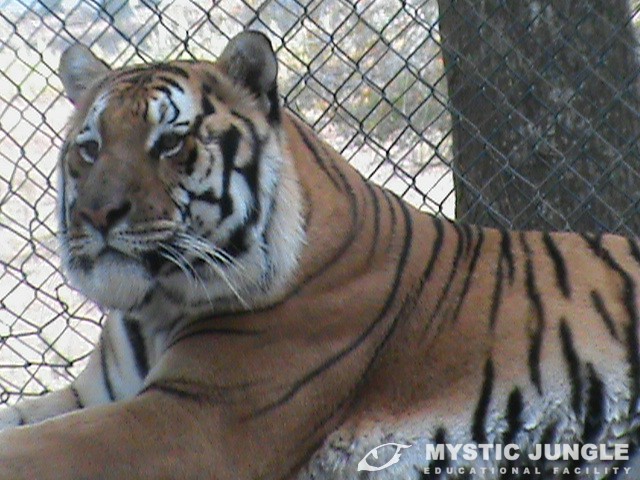Not only is the private sector of exotic animal owners coming under attack with such bills as HR 1998 (this has been presented before as HR 4122 the prior year) but now organizations such as IFAW, HSUS and Big Cat Rescue have now petitioned the USDA to ban the handling of big cat cubs of ANY age and to not allow the removal of the cubs from the mother until appropriate weaning time (which in a big cat can be upwards of six months if you want to get technical)
Now, as readers of this blog have come to understand, I am here to give you the “inside scoop” and the reality of all situations occurring in this world. To most, because they are not in the world of big cats, exotic pets, it is a foreign and confusing world and if one does not investigate, one can be fooled into thinking they are doing something good.. when in fact, they are destroying what they are so adamantly trying to save or help.
Having experience in this very area I am going to give you the VERY VALID reasons WHY this is a bad idea and WHY these cubs DO need to be removed from the mother at a young age.
Remember, as stated, that big cats are the result of over 15 generations of captive breeding programs. The private sector (facilities such as ours and private owners) have not gained endangered species from the wild since the induction of CITES in July of 1975.
The reason I am recapping this, is because I cannot tell you how many times I get into on-line fights because of the trance like, kool-aid drinking chant taught to them by their illustrious leaders, “They belong in the wild” or ” They belong in their native habitat”. That is unfortunately where I have been losing my professional attitude as I seem to be repeating the same rhetoric over and over again, having to defend an issue that to me is black and white, and to others, as foreign as Mars.
Now onto the facts of cub handling by the public
It is human nature to have to touch, see, smell to realize the sometimes dire situation an animal is in. One can read about what is happening in a third world country, and see statistics where a species is facing extinction, but one really begins to get genuinely involved when one gets one on one with that animal. You begin to feel it in your heart and soul. So cubs do play an important part in helping with conservation on a different leg of the spectrum as well as it does help fund these facilities that do have the cubs.
Now why is it necessary to take these cubs away from the mom so early? Well as cruel as it seems there are many reasons this is absolutely necessary.
1. For critically endangered species, hand rearing is the safest most viable option to assure the health and well-being of the animal.
2. Big cats in captivity need to be socialized in a way that they are trusting of humans as their “human mothers”. Why you may ask? This will help to increase safety for staff, volunteers, handlers and owners having direct contact with these cats, as well decreasing the levels of stress in captivity when there are frequent visitors. They begin to actually look forward to the human engagement as they find comfort and yes even love, bonding with their human. Big cats bond and bond HARD with their human mothers, trust me!
3. The removal of cubs early also benefits ease of well care. We are able to facilitate basic vet care without the use of tranquilizers. This early hands on actually saved our beloved Rosie’s life. She had a uterine infection and had went septic. To tranquillize her for the trip to the specialty hospital (over an hour ride) would have increased the risk of her dying. We would have had to tranquillize her for the trip, then they would have had to put her under anesthesia, doubling the risk of anesthetic death as her system was already in trouble due to her being septic. We were able to load her with minimal stress to her and transport her where she needed to be to save her life.
We also are able to vaccinate, de-worm and doing general physical exams (check teeth, mouth, gums, feel all over for bumps, lumps, wounds, etc) without tranquilizing as each and every one of our cats have been hand raised (with the exception of Bobby) and accept our handling with no fuss at all. This helps to find and ward off any problems before they become serious. Every time you sedate an animal (or human for that matter) you are taking a chance on that animal NOT waking up from the procedure.
4. Most ALL of the private facilities are in rural settings due to zoning laws. What this brings with it is the presence of native wildlife inclusive of venomous snakes. This is an increased risk to all the residents to a wildlife facility but a cub cannot withstand the bite of a venomous snake, much less a full grown big cat.
Couple this well planned back door banning with Big Cat Rescue’s latest smear campaign of painting all exotic pet owners as Hitler (according to the BCR blog it states that petting tiger, lion and other big cat cubs leads to animal abuse and has a picture of Hitler holding a cub)http://bigcatrescue.org/abuse-issues/issues/pet-cubs/#The_Truth_About_Tiger_Cub_Petting_Displays_in_Malls this ranks right up there with the likes of PETA that tried that same propaganda method by making posters that had slaughtered chickens on one side of the poster and Nazi death camps with pictures of Jewish prisoners on the other ( http://www.peta.org/b/thepetafiles/archive/tags/holocaust+on+your+plate/default.aspx )
Think about this. ANYTIME you ban something you have inadvertently created a black market. Prime examples are first and foremost, prohibition. The Asian leopard is supposedly protected. With the ban laws on molesting these cats, this has actually increased to value of their pelts and other body parts. And of course, it will drive some owners underground jeopardizing the very animals these ban seekers want to see protected.
And last but not least. Conservation has many different legs. There are the ones in the field, the ones in the media, and the ones in your own back yard such as us. The educators. Doing what we can to raise awareness on situations that are in dire need of attention. And captive breeding programs by the private sector can and do work. Remember, it takes a nation to save a species and not just one individual or organization can do it all alone.
Please be sure and leave your comments as to WHY this is a bad idea!
http://www.regulations.gov/#!documentDetail;D=APHIS-2012-0107-0002
“What man does not understand, he fears. What he fears, he destroys”




